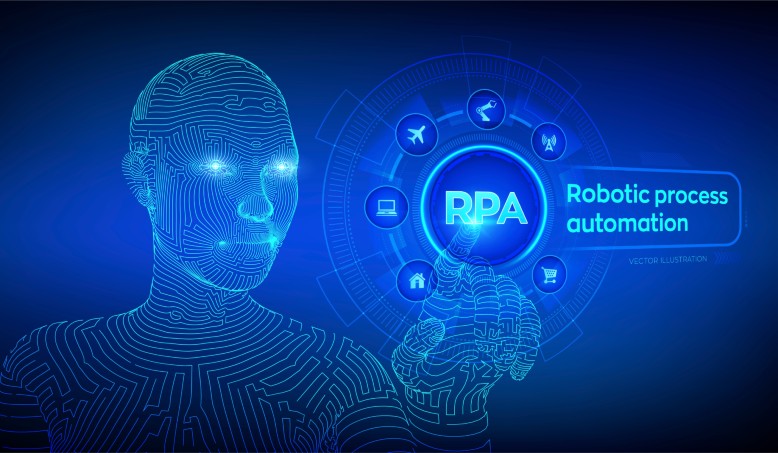Robotic Process Automation

[et_pb_section fb_built=”1″ _builder_version=”3.22″ custom_padding=”0px|||||”][et_pb_row column_structure=”1_2,1_2″ make_equal=”on” _builder_version=”4.4.2″ background_size=”initial” background_position=”top_left” background_repeat=”repeat” custom_padding=”0px||0px|||”][et_pb_column type=”1_2″ _builder_version=”3.25″ custom_padding=”|||” custom_padding__hover=”|||”][et_pb_image src=”https://44degnorth.tech/wp-content/uploads/2020/05/robotic-process-automation-business-RPA.jpg” show_bottom_space=”off” align=”center” _builder_version=”4.4.2″ custom_margin=”7px||||false|false” custom_padding=”0px||||false|false” border_radii=”on|8px|8px|8px|8px”][/et_pb_image][/et_pb_column][et_pb_column type=”1_2″ _builder_version=”3.25″ custom_padding=”|||” custom_padding__hover=”|||”][et_pb_text _builder_version=”4.4.2″ background_size=”initial” background_position=”top_left” background_repeat=”repeat” custom_margin=”15px||0px|||” custom_padding=”0px|||||”]
Robotic process automation (or RPA) is a form of business process automation technology (sometimes referred to as software robotics; not to be confused with robot software) based on metaphorical software robots (bots) or artificial intelligence (AI)/digital workers.[1] In traditional workflow automation tools, a software developer produces a list of actions to automate a task and interface to the back-end system using internal application programming interfaces (APIs) or dedicated scripting language.
[/et_pb_text][/et_pb_column][/et_pb_row][et_pb_row _builder_version=”3.25″ background_size=”initial” background_position=”top_left” background_repeat=”repeat” custom_margin=”-3px|auto||auto||”][et_pb_column type=”4_4″ _builder_version=”3.25″ custom_padding=”|||” custom_padding__hover=”|||”][et_pb_text _builder_version=”4.4.2″ background_size=”initial” background_position=”top_left” background_repeat=”repeat”]
In contrast, RPA systems develop the action list by watching the user perform that task in the application’s graphical user interface (GUI), and then perform the automation by repeating those tasks directly in the GUI. This can lower the barrier to use of automation in products that might not otherwise feature APIs for this purpose. (Wikipedia)
The two key things here are, the automation of daily tasks and elimination of papers/forms and manual documents. The amount of time spent in doing repetitive tasks is never accounted for as often the jobs are considered specialized. SMEs struggle to bear these costs and large organizations outsource such tasks. A similar waste of time is when manual forms and documents are filled up and then later time is spent in keying that data into the system. Data is the largest resource today, it has surpassed oil as the most valuable asset. It is ironic that we would not pull oil up a bucket but would still process data in methods which are orthodox.
The answer to both those processes is automation and automation not with desktop based applications but mobile apps. At 44degNorth Technologies Incorporated we strive to make that automation possible. Most of the software or ERP (Enterprise resource planning) being used by companies often are either rigid or costly to customize to map each and every function of a business.
The cost efficient way is to get apps developed for these processes using platforms that integrate other sensory technologies to do repetitive tasks. Of-course automating forms and documents is the easier of the challenges. The term ‘robotic’ is used more to explain to people that how robotics automated let us say manufacturing, the RPA can automated data handling and processing. Some basic applications can go to the extent of emulating keystrokes and eliminating the need to integrate with other applications.
The first step to making a decision on what process to automate is doing an audit of the time vs effort in data capturing and processing. A simple example would be looking at manual or paper based ‘delivery notes’. 44degNorth Technologies Incorporated helps many customers do the process study and bring about improvements to their bottom line by Robotic Process Automation.
[/et_pb_text][/et_pb_column][/et_pb_row][/et_pb_section]
